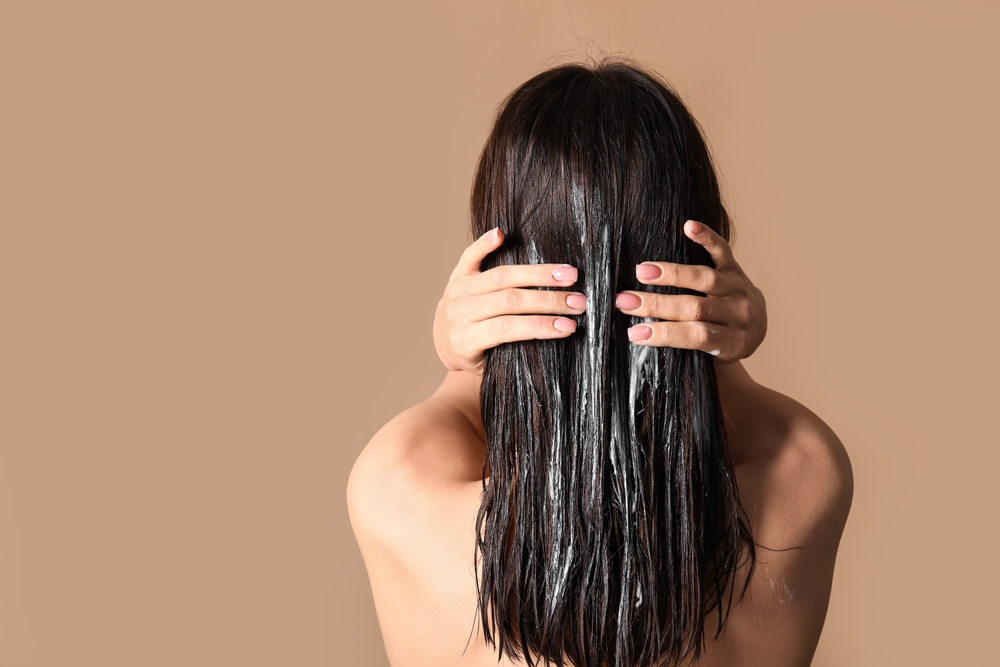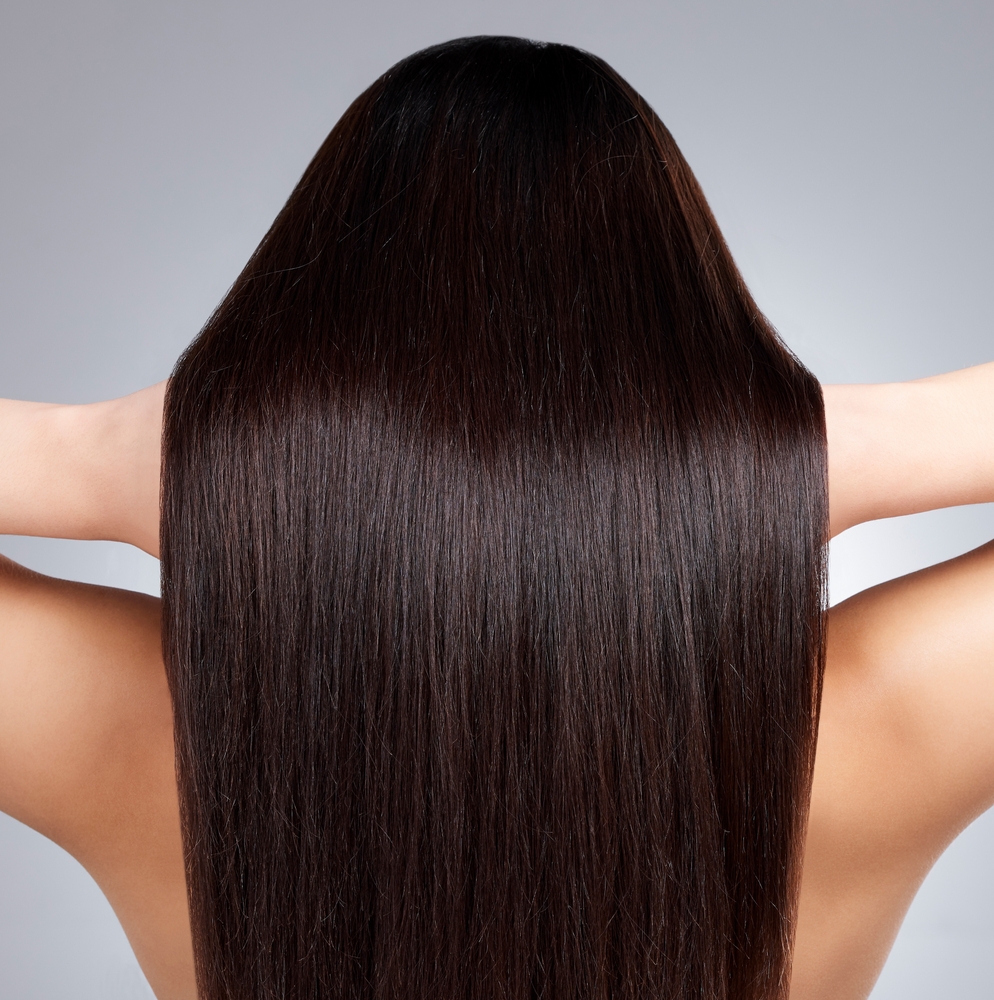Nanoplastia treatments are increasing in popularity – here’s what you need to know about the innovative process
“New and innovative hair treatments are popular for protecting and nourishing locks, with hair botox and other keratin treatments remaining go-to methods for maintaining shiny and smooth hair.
“Now, nanoplastia treatments are on the rise. Believed to be a go-to treatment for celebrities to achieve red carpet ready locks, here’s what you need to know…
What is a nanoplastia hair treatment?

“Nanoplastia is a hair-smoothing treatment that uses nanotechnology to penetrate damaged hair shafts and rebuild the structure by infusing it with essential proteins, amino acids and other beneficial nutrients. They fill in the gaps of broken hair cuticles to provide lasting smoothness and shine.
“Unlike traditional keratin treatments, which also reduce frizz and leave a smooth finish, nanoplastia doesn’t use harsh chemicals like formaldehyde, which some keratin treatments contain. Nanoplastia is a gentler option that can help make hair more manageable.
What are the benefits?
“One of nanoplastia’s most significant benefits is its ability to improve the overall health and aesthetic of hair by straightening and smoothing manes damage-free.
“The treatment also infuses hair with moisture and essential nutrients which can help especially damaged hair recover.
“Additionally, the effects can last for up to 6 months with the right aftercare, so it only needs to be applied a couple of times per year.
“By restoring the hair shaft’s proteins and amino acids, nanoplastia can also help protect hair from UV and heat damage.
How is it applied?
“Nanoplastia can take several hours to complete depending on the length and thickness of hair.
“First, hair is washed with a clarifying shampoo to remove any dirt, oils and product buildup so the treatment can penetrate as deeply as possible.
“The nanoplastia solution is then applied to damp hair in sections to ensure every strand is fully coated and it’s left to sit for 40-90 minutes to allow the nanoparticles to restructure hair shafts.
“After processing, the hair is blow-dried and straightened to seal the treatment into the hair. It’s then washed a second time to rinse out the treatment, after which the hair can be styled.

Which hair types are most suited to the treatment?
“It’s a very versatile treatment and it can be applied to a variety of hair types. However, it’s particularly beneficial for frizzy hair as nanoplastia can make it more manageable and significantly improve smoothness.
“The treatment also works especially well for those who would like to relax their curls by loosening the curl pattern without completely straightening it.
“If your hair is over-processed or damaged from harsh chemical treatments, nanoplastia can help to repair and restore weak strands for healthier locks. It’s also a great option for those with porous hair.
“The only types that should consider avoiding nanoplastia are fine and flat hair types, as the added smoothness can reduce volume and emphasise thinner areas of hair.
How long should you wait before getting other hair treatments?
“It’s essential to wait as long as possible before applying any chemical or heat-based treatments including colouring, bleaching, keratin treatments and hair extension application.
“Avoid washing your hair for at least two days to allow the treatment to fully absorb and settle, and make sure you use sulphate-free products to prolong the effects. Wait at least two weeks to bleach nanoplastia-treated hair as this will allow locks to fully settle beforehand.
“If you’re planning on installing hair extensions you should wait for at least 30 days, as hair is in a more delicate state after treatment and can leave it more prone to breakage.
“Some hair extensions like nano tips, flat tips, and tape-ins require adhesive or bond attachment which can interfere with the treatment, which is why you must wait a month before installing extensions.
“However, clip-in extensions will be safe to use as they apply less pressure on roots so they’re less likely to cause breakage. It’s still best, however, to wait for a few days after the treatment to install them.”
Comments By Hair Expert Nicole Petty of Milk & Blush





